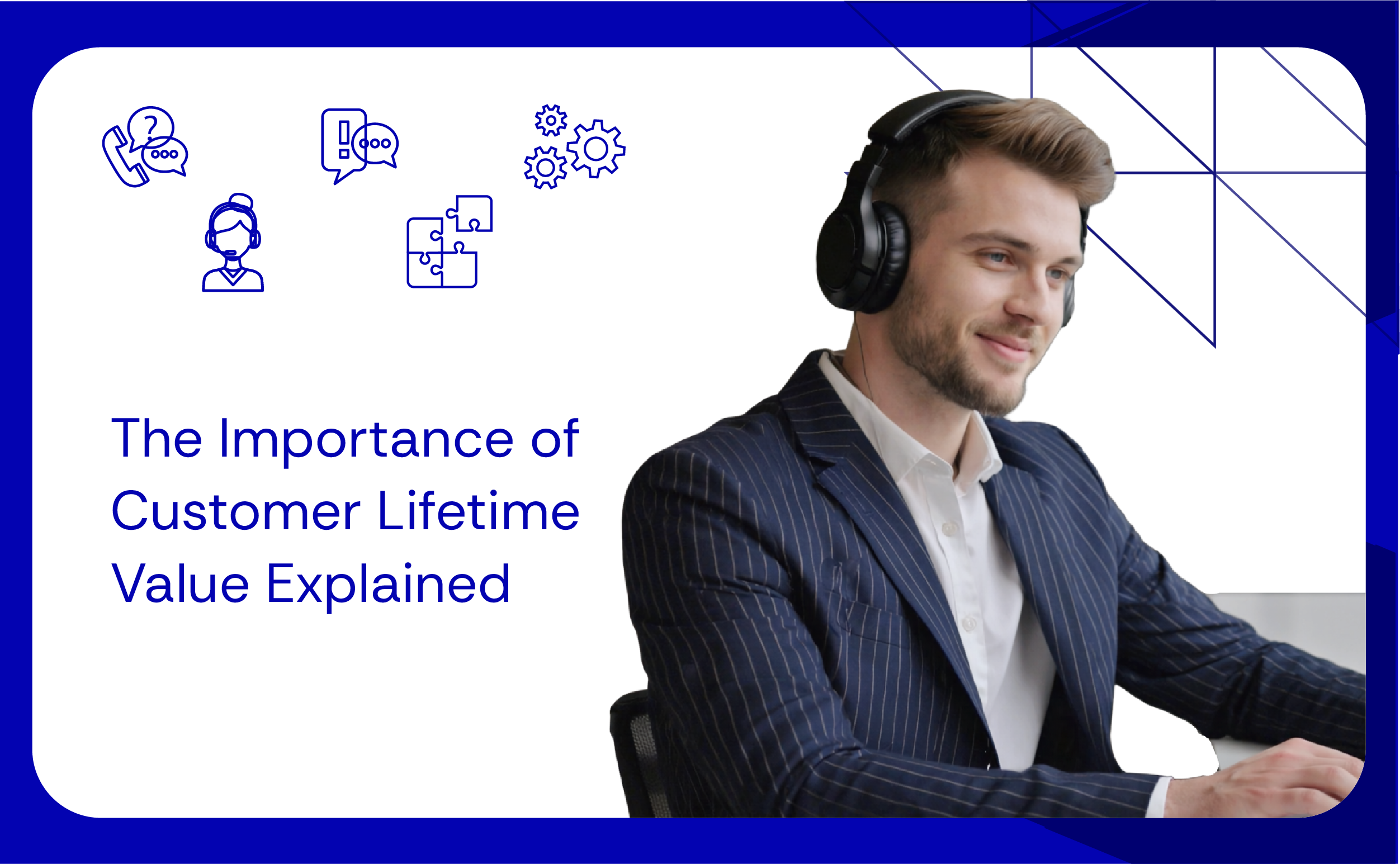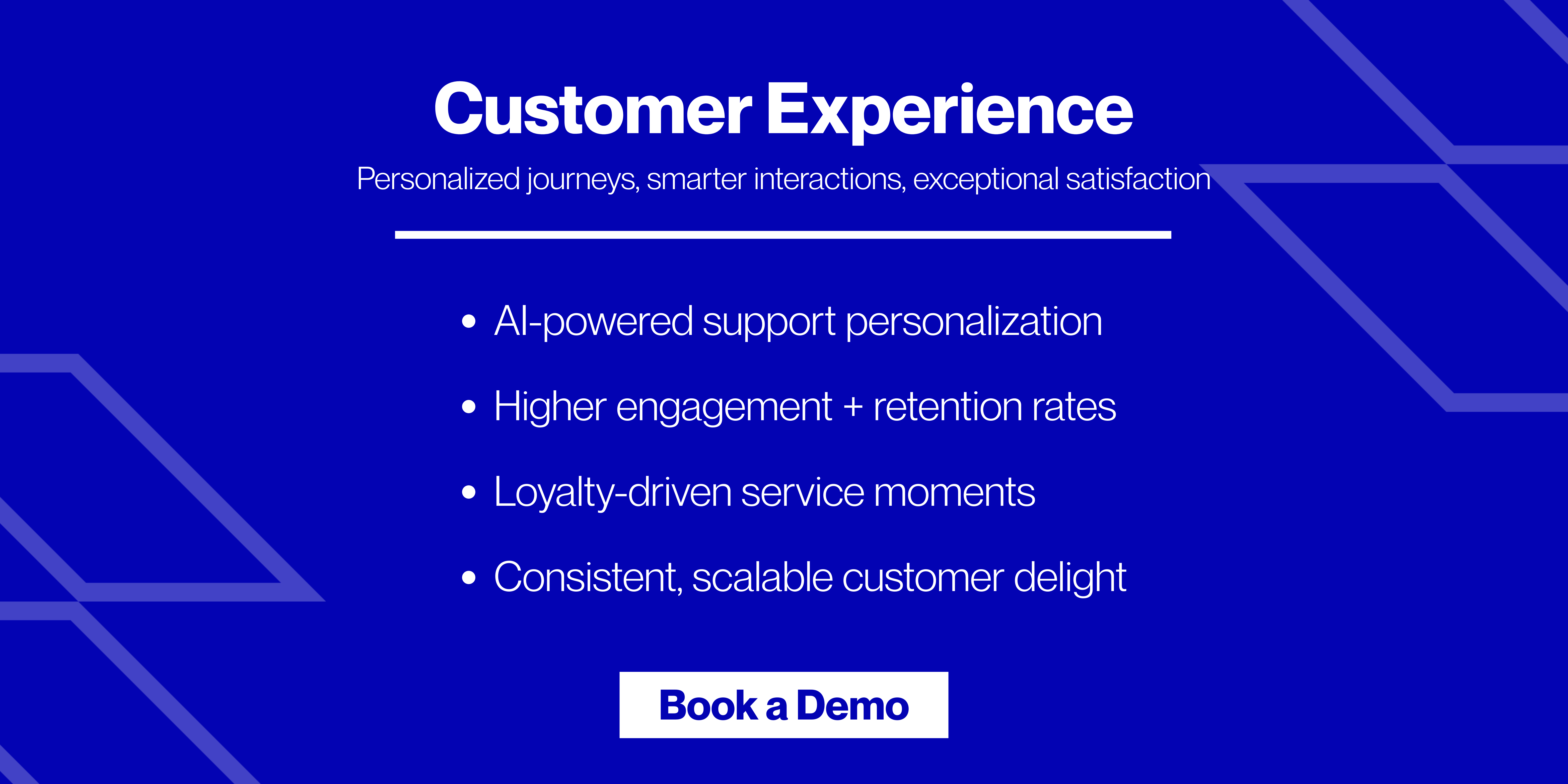Customer Lifetime Value (CLV) is the total money a business earns from a customer during their entire relationship. It considers how much a customer spends each year, how long they stay, and the costs of acquiring and serving them. A higher CLV means more profit.
For consumer brands and D2C companies in markets like the US, UK & Australia, CLV is not just a metric, it’s a strategic insight into customer loyalty, retention and profitability.
As a business leader in customer support or experience, the last thing you want is to lose customers after working hard to gain their loyalty. That’s where CLV comes in. It helps you understand how much a customer is worth to your business over time.
Why does this matter? Because keeping customers is just as important as getting new ones. In fact, studies show that businesses with higher CLV achieve stronger margins and more growth. According to Qualtrics, 25% of marketers list CLV as one of their top five metrics because it directly measures the success of their retention and engagement strategies.
By knowing your most valuable customers, you can focus on keeping them satisfied through special offers, better service, and rewards. CLV also highlights opportunities to design programs that encourage repeat purchases and brand loyalty.
What is Customer Lifetime Value?
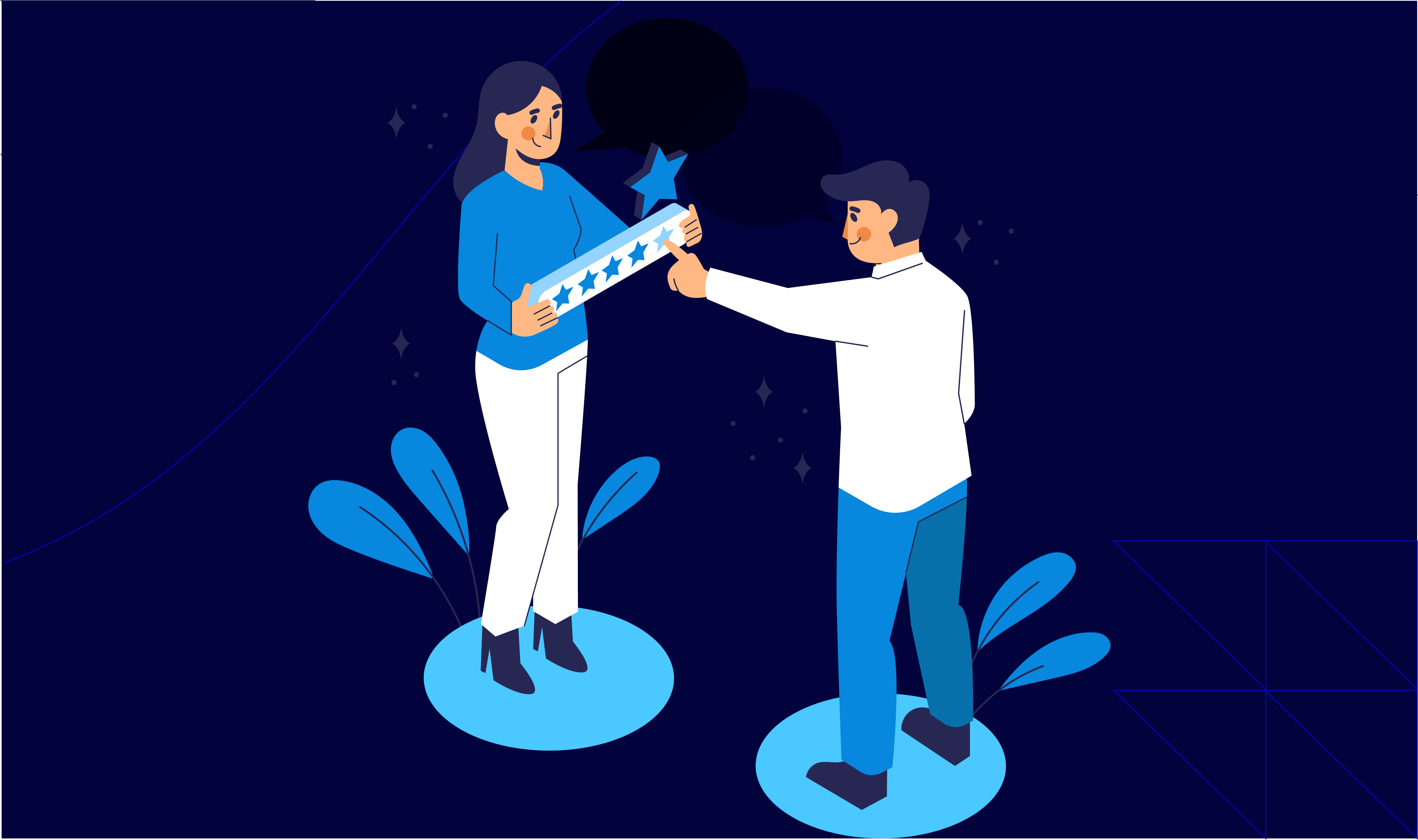
Customer lifetime value (CLV) is a way to measure how much money you can make from a customer over the entire time they buy from you. It helps you see how valuable a customer is, not just from one sale but from all their future purchases too.
To calculate CLV, you consider three important factors:
- First Purchase: How much do your customers spend when they buy from you for the first time?
- Repeat Purchases: How often do they come back and buy again?
- Time as a Customer: How long do they stay loyal to your business?
By analyzing CLV, you can understand customer loyalty. For example: a D2C brand selling beauty products in the US may notice that loyal subscribers who reorder every month generate 4 to 5x more lifetime value than one-time buyers.
Always remember that it is cheaper to keep an existing customer than to get a new one. A recent study showed that if a customer has already bought from you before, there is a 60% to 70% chance that they will buy from you again. But if you try to sell to a completely new customer, there is only a 5% to 20% chance that they will buy from you.
Why is Customer Lifetime Value Important?

CLV allows you to understand how long a customer stays with your business and how much they spend. By calculating CLV for different customer segments, you can:
- Decide how much to spend on acquiring new customers: ideally, not more than you will earn from them.
- Know how much an average customer will spend over time: this helps in planning business growth.
- Understand what products high-value customers want so you can sell more of those.
- Find out which products deliver the most profit and stock accordingly.
- Identify customers who bring in the most sales and focus retention efforts on them.
- Track customer journey and churn rate to know when and why customers stop buying.
For CX leaders, this metric is also a way to show ROI of experience programs. For instance, VP-level executives can justify investments in loyalty platforms by showing how improved CLV balances acquisition costs.
How to Use Customer Lifetime Value to Make Business Decisions?
Once you have obtained CLV, compare it with two key factors:
- Compare CLV with Customer Acquisition Cost (CAC):
- If CLV is higher than CAC, your business is profitable.
- If CLV is close to or lower than CAC, you are spending too much to get customers.
- If CLV is higher than CAC, your business is profitable.
- Compare CLV with Industry Standards:
- Research the average CLV in your industry (e.g., SaaS businesses usually have a CLV that is 3–5 times their CAC).
- Research the average CLV in your industry (e.g., SaaS businesses usually have a CLV that is 3–5 times their CAC).
If your CLV is lower than competitors, you may need to improve retention programs.
How to Calculate Customer Lifetime Value?
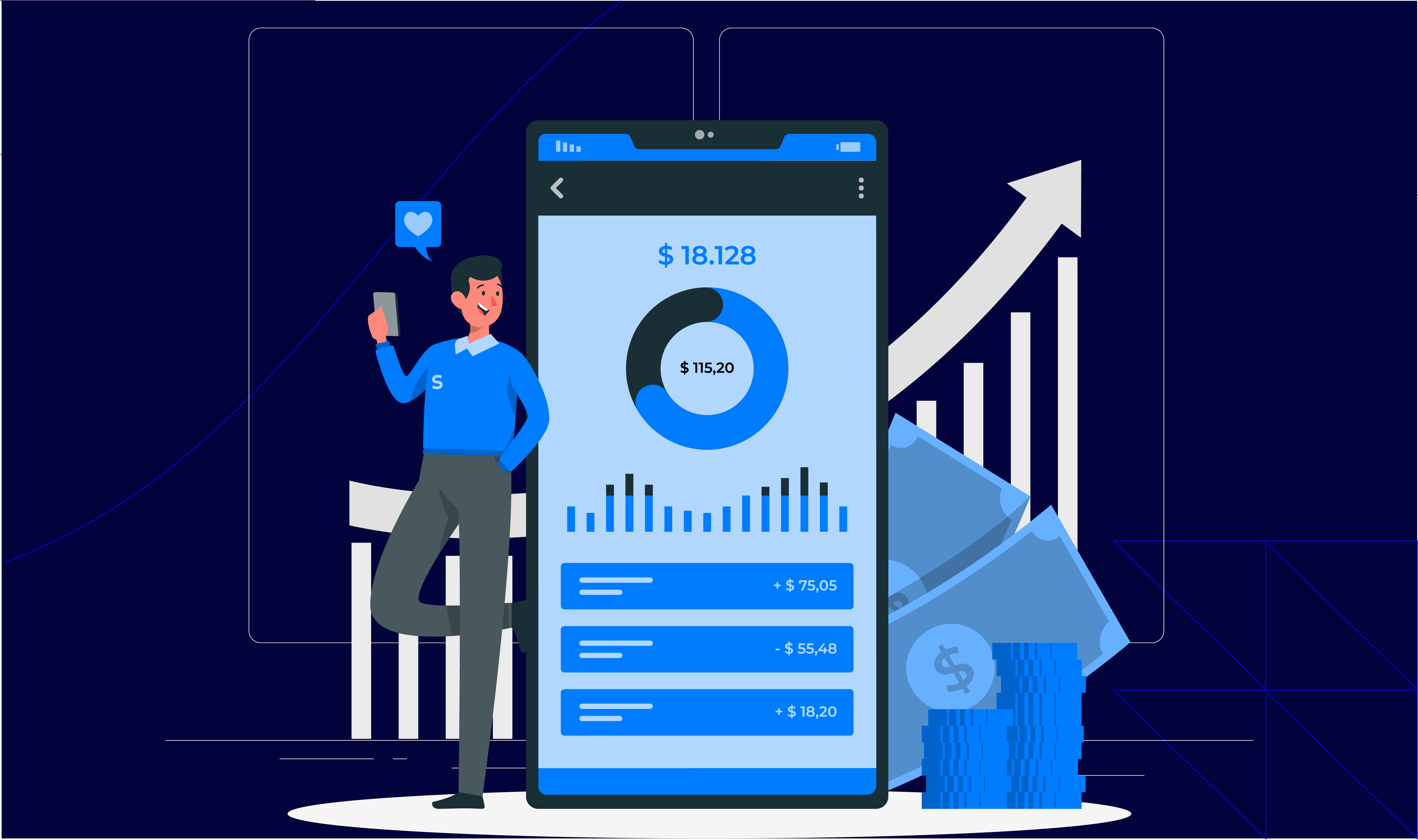
CLV considers:
- How much customers spend each year
- How long customers stay with you
- The costs of acquiring and serving them
Formula:
Customer Lifetime Value = (Customer revenue per year × Number of years they stay) – Costs of acquiring and serving the customer
Example:
A US-based subscription box company charges $500 annually. Customers stay on average 3 years. Acquisition cost is $150 per customer, and support costs total $90 over 3 years.
CLV = ($500 × 3) – ($150 + $90) = $1,260
This shows the customer delivers $1,260 in lifetime value, over 8x the CAC — a sign of sustainable growth.
Track CLV, Grow Profitably! Choose Atidiv to Help You.
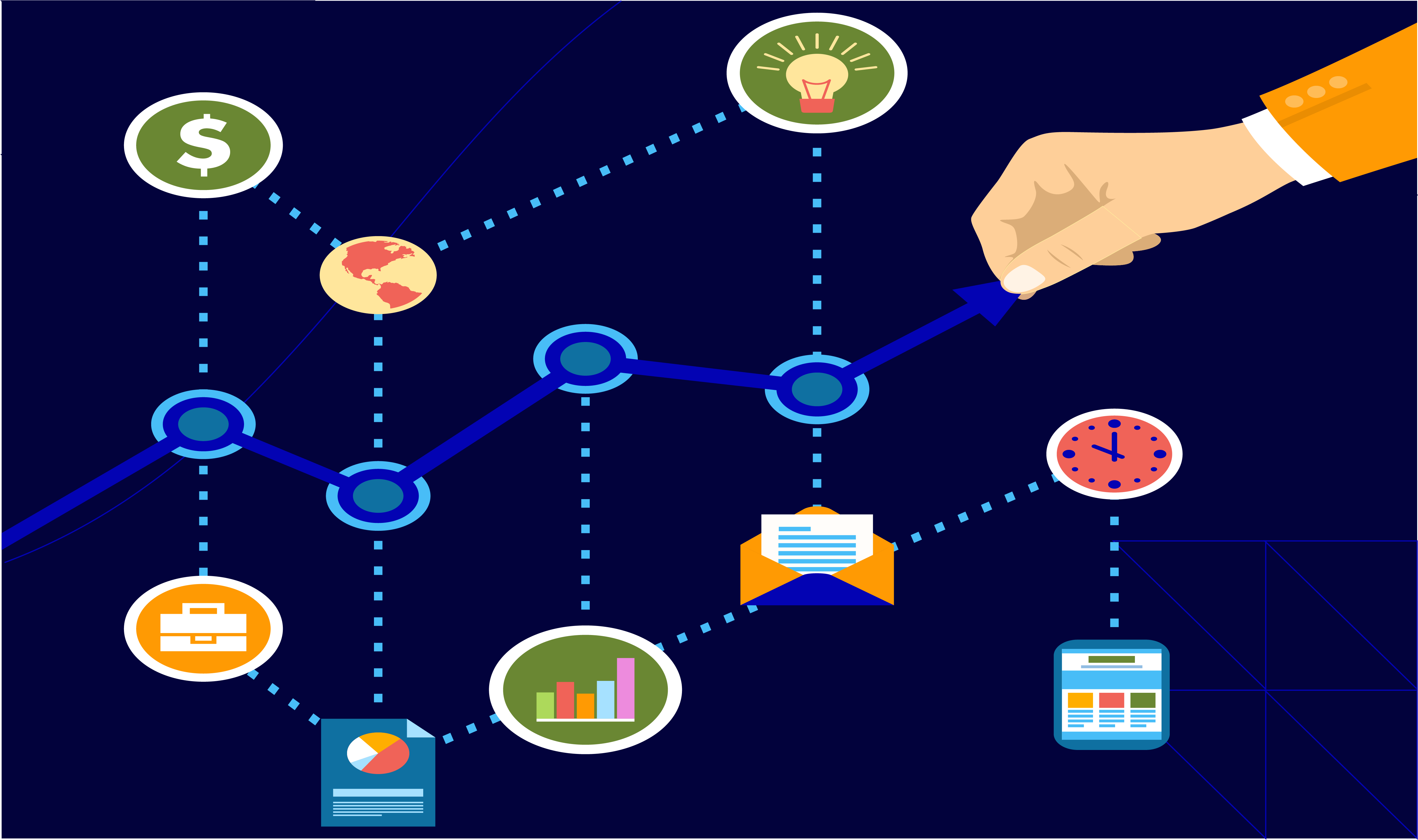
By calculating CLV, you can understand how much revenue a customer brings over their entire relationship. A higher CLV means your business is profitable. This allows you to invest more in customer retention and service improvements.
At Atidiv, we help US, UK & Australian consumer brands improve CLV through:
- Personalized customer engagement
- Data-driven insights
- Boosting operational efficiency
- Building long-lasting customer relationships
Our expertise in CX has helped clients scale interactions while maintaining high CSAT scores. Partner with Atidiv today to maximize CLV and customer retention.
FAQs on The Importance of Customer Lifetime Value
1. How can I increase my customer lifetime value?
To increase your CLV, focus on customer retention. You can increase it by offering:
- Loyalty programs
- Personalised support
- Better post-sales service
Also, try to upsell and cross-sell relevant products to your existing customers.
2. My CLV is low compared to competitors. What should I do?
You should analyse why customers leave. This analysis can be made by checking:
- Churn rates
- Service quality
- Pricing
Post-analysis, try to improve engagement through better onboarding, proactive customer support, and targeted offers. Also, optimise marketing spend to attract high-value customers who are likely to stay longer.
3. How do I reduce my Customer Acquisition Cost (CAC) while improving CLV?
To lower CAC, you can use referral programs and organic marketing (SEO, content marketing). Also, try to retain existing customers through better service and engagement. This increases customer lifetime value and reduces your reliance on costly new customer acquisitions.
4. How do I know if I’m spending too much to acquire customers?
The best way to know it is by comparing CLV to CAC. If CLV is at least 3-5 times your CAC, you are spending wisely. Whereas, if CAC is higher, prefer migrating to organic marketing strategies instead of heavy ad spending.
5. Is CLV important for small businesses, or is it only for large companies?
CLV is an important metric for small businesses as well because they have limited budgets. A high CLV ensures steady revenue and long-term sustainability. By constantly tracking customer lifetime value, small businesses can refine their strategies and grow.
